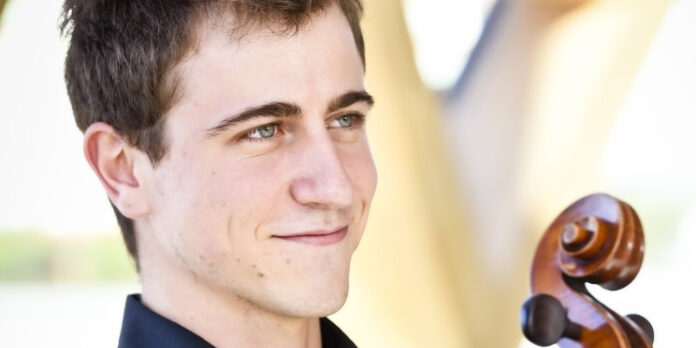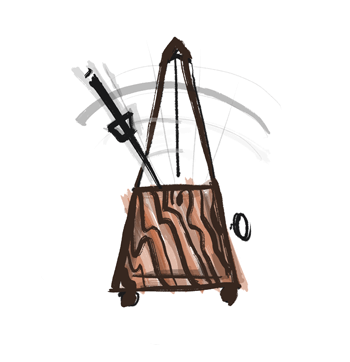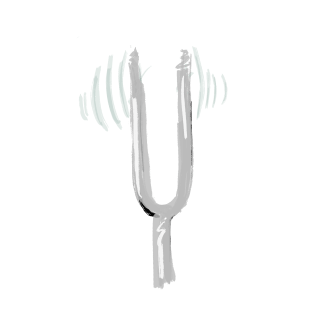Violinist & Pedagogue Stephanie Chase Gives Advice on Authenticity in a Period Performance
"What are the main considerations for capturing authenticity in a period performance?" We threw Joseph’s question over to NYU Steinhardt School of Music faculty member, American violinist Stephanie Chase
Period performance requires specific knowledge and skills. Many questions arise such as what strings to use, how to articulate the bow, the different traditions of the time. It can be difficult to really understand and connect with a period that is so far from us in an authentic way. The Violin Channel reader Joseph was keen to learn more about this topic.
What are your main considerations about period performance? Please let us know in the comments below. We’re all keen to learn more from you.
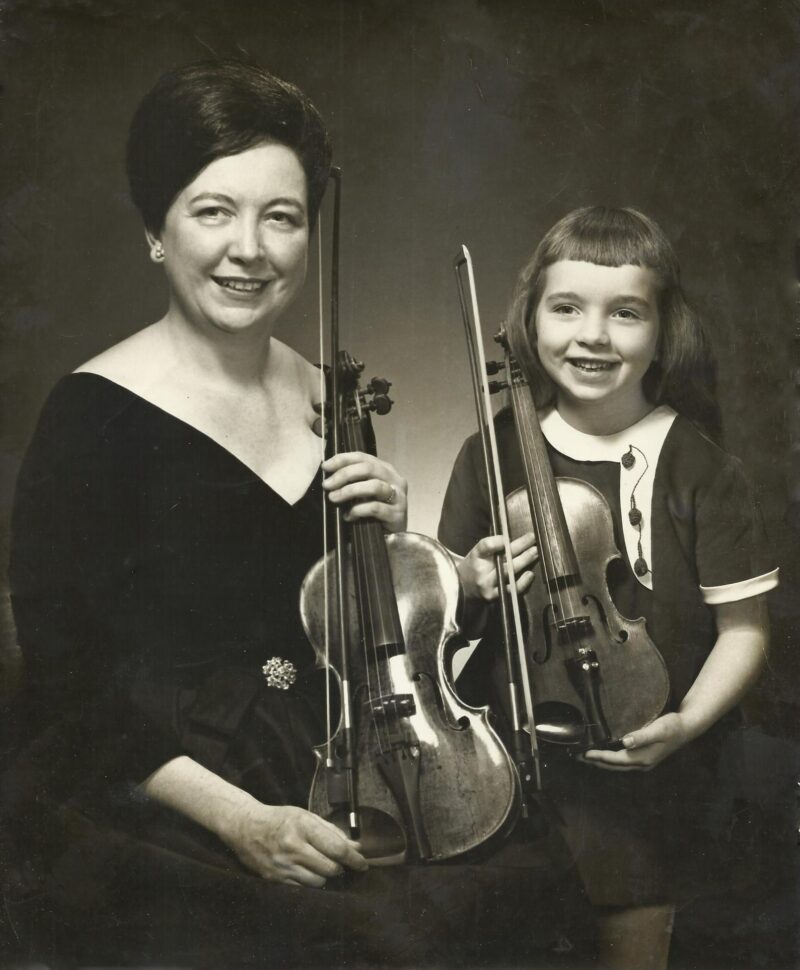
Stephanie Chase and her mother, Fannie Paschell Chase
STEPHANIE CHASE ON AUTHENTIC PERIOD PERFORMANCE
Dear Joseph,
In addition to playing the modernized violin, for about half my life I have also played the violin in its Classical and, to a lesser extent, Baroque configurations. My first experience with a Baroque violin was performing concerts at the Metropolitan Museum on its “restored” Stradivarius, and my recording of Beethoven’s Violin Concerto on period – or historically authentic – instruments was the first ever. Because he did not provide us with cadenzas I wound up creating my own.
There are many things to consider in capturing authenticity in a historically-informed performance; principally, these include allowing the instruments to educate the player in matters of technique and interpretation, learning about the sound world of the composer (i.e., what music is likely to have sounded like in his or her era), and researching the sources of the musical score to ascertain which is closest to what the composer notated.
Knowing something about the history and evolving technology of the instruments is also beneficial. For example, the differences between the hunting horn, natural horn and valved horn are substantial. So are those between the Baroque, transitional and modern style bow – the latter of which came into favor already by the 1790’s through the stunning work of François Tourte, who otherwise was an uneducated man whose great pleasure was to go fishing in the Seine near his shop in Paris. And it was only close to 1800 that the fortepiano essentially replaced the harpsichord or clavier – a generic term that could refer to a clavichord or other keyboard – as a preferred instrument for the public, following nearly one hundred years of existence.
The Baroque bow models depend upon the region and style of music being played, such as varieties of dance music. Their design, and the manner in which the horsehair is strung, encourage the downbow to provide the stronger sound, as in putting down a foot rather than lifting it. Because they are less well suited to playing sostenuto, it is especially important to think about the weight of a phrase. I find that in using these lighter early bows I use my arm, wrist and fingers with as little tension as possible – tension also slows down one’s bowing facility - and that the bows respond with great deftness in fast articulations. I also find it desirable to use a Kreutzer No. 2 kind of definition (detaché) in faster passagework so the articulation is well projected. For both the transitional and Baroque bow I hold the bow quite high above the frog, in part because my armlength is short and it enables me to more readily play at or close to the tip. The transitional bow – or what was taking place in bow designs between Baroque and modern – usually resembles the modern bow at the head (among many types are the “swan” and “Cramer”), although usually with a straight camber and open slide. The earliest bows were made from a variety of woods that include snakewood and ironwood, but pernambuco (also the name of a region in Brazil) became favored by Tourte and those who followed him.
I mention the bow before the violin because it really defines the expression of the sound, both tonally and stylistically, whereas there is not an enormous difference in left-hand technique between these eras. The gut strings do require a slightly different approach to shifting – along with the lack of chinrest (for music before about 1820) – and their response is different from metal strings, which tolerate a more physically aggressive manner of playing. With a lower pitch standard (generally, a-415 cps for Baroque and a-432 cps for Classical music, although these are a bit arbitrary) there is less physical tension within the instrument, which also affects its response, and it is important to allow the sound to flow with less downward bow pressure. Whether I am playing Baroque, Classical or modern violin, the majority of the time I lead with bow, with the left hand following it.
Overall, the principal differences between the Baroque and Classical violin setups are in the lengths of the fingerboard and bass bar, which are shorter and lighter in the earlier violin. The Baroque violin should also have a thicker neck as it approaches the body, the neck is set more vertically, and the bridge is stockier in each of these violin types. The transitional violin that we associate with early classical music is quite like the bows of the period – there is no unique or “proper” model – and it is likely that players used Baroque violins and bows well into the Classical period.
Although many period performers consider vibrato to be verboten, we should note that in playing the clavichord – an instrument with origins in the 14th century – the player traditionally employs a finger vibration known as Bebung. In letters exchanged between Leopold and Wolfgang Mozart in 1774, they complained about the excessive vibrato used by some singers, and state that the ideal is of the human voice trembling with emotion. If we consider vibrato as an ornament that is tastefully and minimally employed, it is especially lovely for cantabile – or sung – music in period performances.
It is interesting to observe that around the time that Beethoven composed his Opus 12 Violin Sonatas (1797-1798), the technological changes in both the fortepiano and violin bow led to sound becoming more sustained and with greater dynamic capacity, paving the way fora more Romantic and personalized form of music; for me, the Opus 12, No. 3 sonata reveals a composer who is throwing away many of the preceding musical forms and philosophies, and the “Pathétique” piano sonata, which is Opus 13, features even more rebellion. If Mozart had lived longer, it is certain that he would have made brilliant strides in advancing musical styles, as we witness in the opening of his “Dissonant” string quartet.
Along with technique, tonal norms have changed over the years. Gut E strings were still popular until nearly one hundred years ago, when the advent of World War I led to its shortage because gut was in demand for suturing wounds. Jascha Heifetz continued to perform with mostly gut strings throughout his career, and there is a character to the sound that, for me, conveys greater warmth. (At times, I have used a plain gut A string on my “modern” concert violin for concerto performances, but they are more vulnerable to changes of humidity.) The final changes to the violin, such as slightly more angle to the neck and the advent of the chinrest, helped promote greater facility and projection, and the modern setup has considerably more tension from the strings, primarily due to the higher pitch. The reshaping of the neck may have also been to facilitate shifting. (It is interesting to note here that Paganini’s “Cannon” violin, which I played for the press opening of the 1994 Metropolitan Museum exhibition of twenty-five Guarneri del Gesu violins, had a neck that was quite Baroque in style, and the instrument’s top had a lot of embedded rosin and dirt from contact with his chin.)
Another vital concept to consider is musical pulse, or tempo. The metronome was not reliable until Beethoven was well into his career, and prior to that it was the nature of the music itself and how it flows that determined pulse. The corrente (sometimes the French courant) that we find in Bach’s music translates as “running,” so the flow of the music should reflect this. Similarly, the Andante, or walking tempo, of the third movement of his Sonata in A minor for violin solo is conveyed through the eighth-note values, although the meter is ¾. His Partitas for violin solo were inspired by the French dance suites of his era, and I find it fascinating that he combines stately court dances, such as the Minuet and Gavotte, with peasant dances like the jig and Bourée (or Borea), which is for dancers wearing clogs or sabots.
The esteemed flautist and musicologist Johann Quantz used the human pulse as a basis to determine Bach’s desired movement tempi, but this is often quite fast at his estimation of 80 beats per minute and I find it unhelpful for slower movements such as those marked Adagio and Grave. For these, I have lately thought about breathing in and out; that is, an exhalation on the strong part of the music (for example, a downbeat) and inhalation on the lighter so that the sustained notes do not feel subdivided. In hearing period performances, I am often struck by the sensation that the music is literally breathing.
Additional clues to tempo are groupings of notes in a slur – if they are unplayable as marked and the performer is not in an immense venue, one should try a tempo that largely works to keep them intact – and the harmonic, or bass, motion. For example, the Siciliano movement of the G minor Sonata is often played with a pulse in eighth notes but, because the harmonic motion in the opening is slow, we end up losing the structure as well as the Sicilienne character. Of course, composers like Beethoven often used piano-style legato markings – as found in the Trio section of the Opus 96 Violin Sonata’s Scherzo movement, which extends for multiple bars – so in this case we need to change the bow but in as legato a manner as possible. I find it intriguing that the basic Italian movement terms for music were well established outside of Italy by the early 18th century, and fun to note that Allegro refers to music that is merry, or what we might call upbeat, and that Beethoven had a hard time with it, because - as he complained - a lot of his music was not merry, leading him to use rather contradictory terms like Allegro con fuoco.
In comparing the autographs of music by Mozart and Beethoven, we are struck by the difference in editing; sparseness in the case of Mozart and a lot of information in Beethoven’s, especially in his desired dynamics. Again, this relates to the changing technologies of the instruments but also probably to Beethoven’s encroaching deafness and his lack of respect for the musicians of Vienna. Beethoven makes a distinction between the printed words for crescendo and decrescendo and hairpin swells, and it is important to do a survey of the expressive markings used by a composer and ascertain a definition, such as between sfz and FP. Overall, it is very unfortunate that, in editions that include urtext versions, the distinction between a composer’s use of the dot and the stroke (also called a “wedge”) is largely eradicated, perhaps due to a general lack of understanding of their intended realizations. (For me, the stroke indicates a note that is melodically and rhythmically important – but this may change depending on the composer and era.) The dot may mean many things that include a lift in the sound, and I tell my students that all I know for certain right away is that the sound is not fully legato, either before or after the modified note and sometimes on both sides. I was never taught portato bowing – which is often called “bow vibrato” and produces an undulating sound - and learned it only when I started playing period instruments, but find it appropriate in a lot of music including that of Beethoven and Schubert. Ultimately, the realization of articulations should be determined in view of what is appropriate for the expression and character of the music.
I also look to a composer’s use of dynamics for defining the demeanor of the music. Although we are taught as young music students that “piano” is soft and “forte” is loud, I characterize these with more variety, such as music that is gentle, fearful, or sweet versus noble, heroic, powerful, or exuberant.
A wonderful source for a lot of these considerations is The Art of the Violin (L’Art du Violon, published in 1834) by Pierre Baillot, who was a violinist and pedagogue closely associated with the early Paris Conservatoire.
For instance, violinists were encouraged to view each string as having its own tonal character, with the masculine end in the lowest register and the feminine at the higher, and the E string was called the singing string (Fr. Chanterelle; It. Cantando). This is a helpful idea when thinking about dynamics for Bach’s works for solo violin, which are also affected by his use of single through quadruple voices; often, more voices imply greater volume, as in several people singing together versus one voice. Baillot also devotes a chapter to what he calls “the natural in art” – or striving for as natural a musical expression as possible - which I think is terrific advice.
The good news is that Baillot’s publication is readily available in paperback, and it is an excellent addition to the strings player’s library. The other good news is that many autographs or first editions of this great music are now available online, such as through IMSLP or www.bach-digital.de. Through these resources, the motivated violinist can research the music and make informed decisions regarding its interpretation.
—Stephanie
Do you have a burning question for one of the Pros? Simply email: [email protected]
A student of Sally Thomas and Arthur Grumiaux, Stephanie Chase is a former major prize winner at the Tchaikovsky Competition — and former recipient of a prestigious Avery Fisher Career Grant. She has performed concerts in 25 countries internationally — and has served a long term teaching position on faculty at New York University Steinhardt School of Music


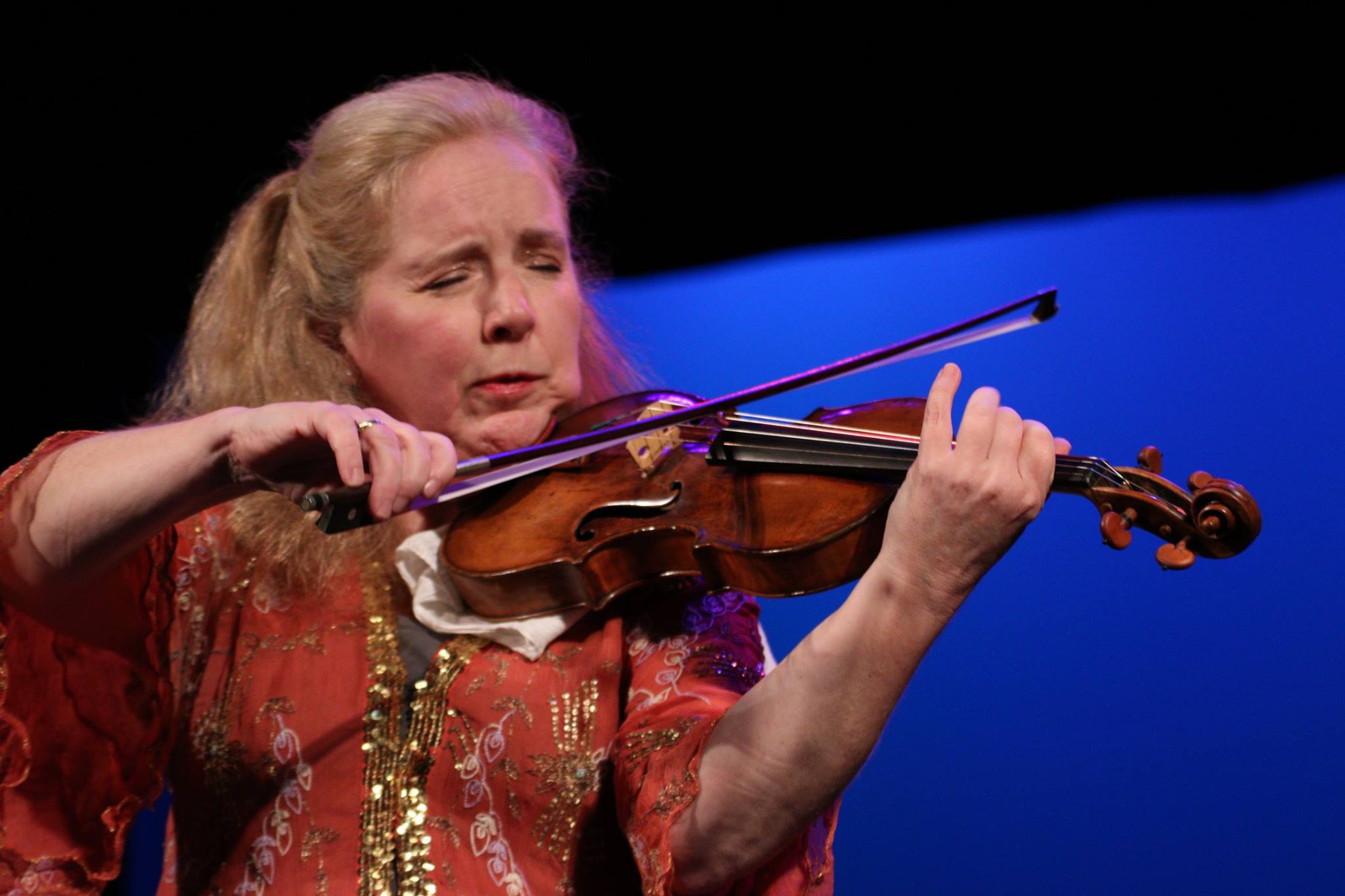
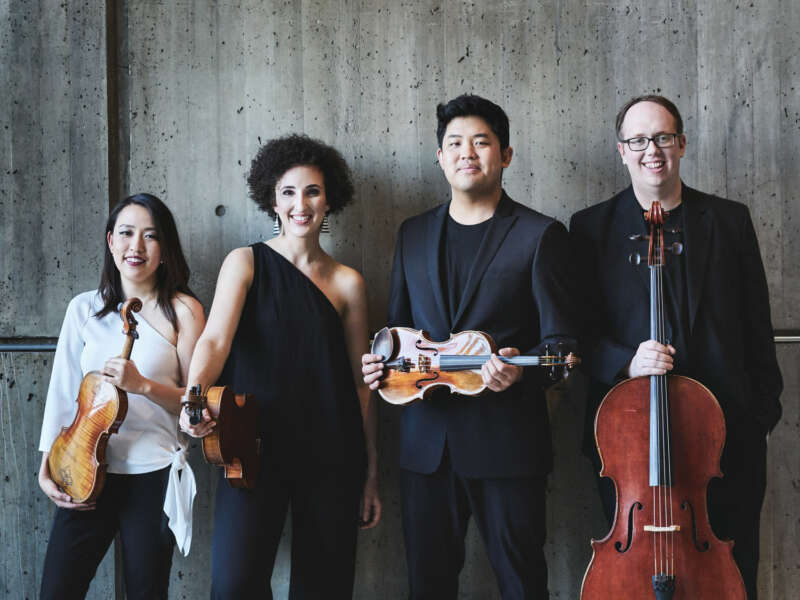
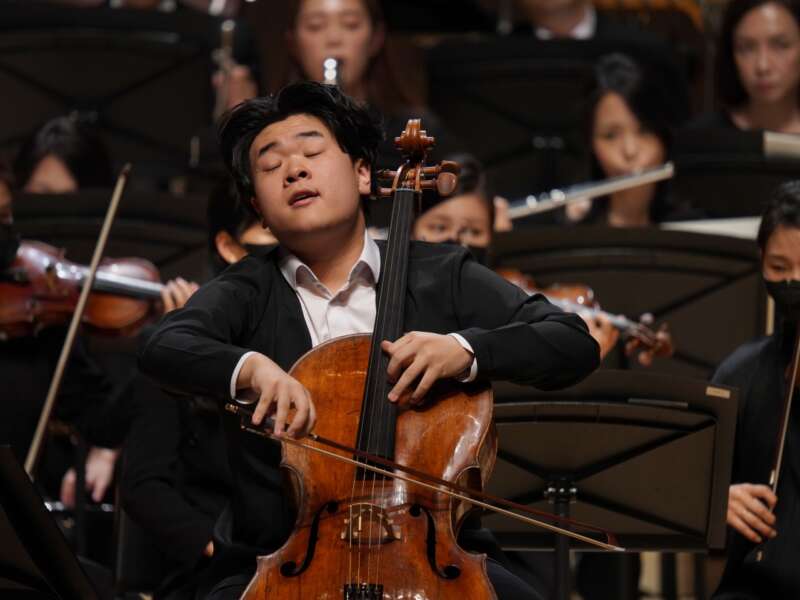


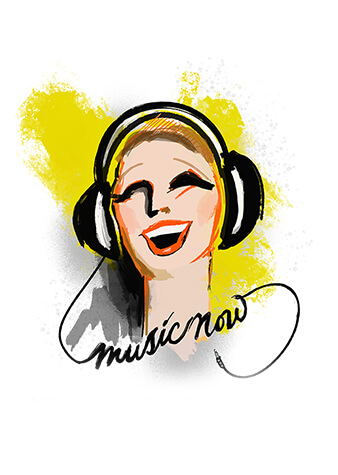
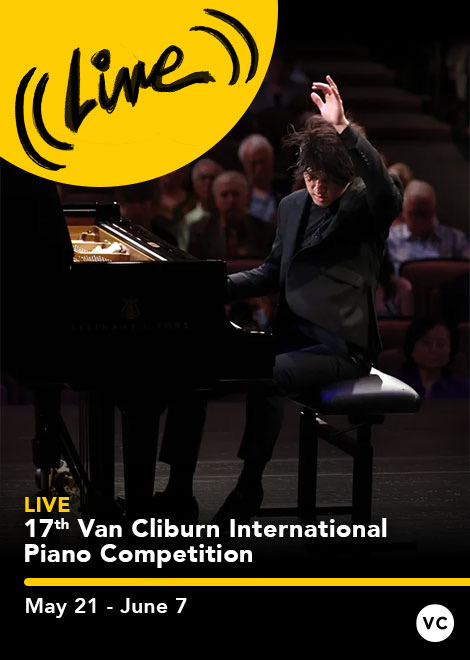
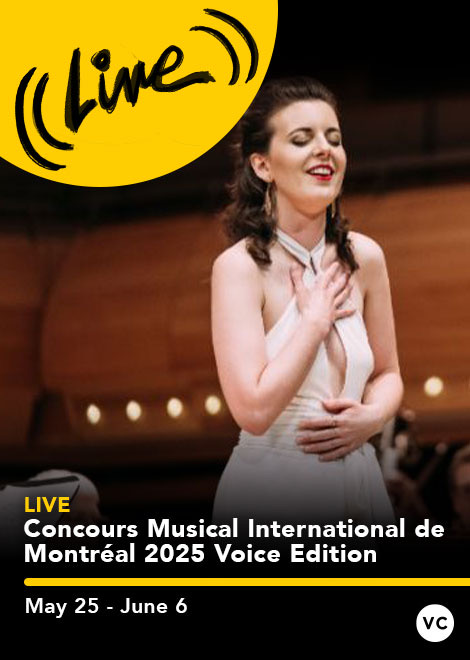


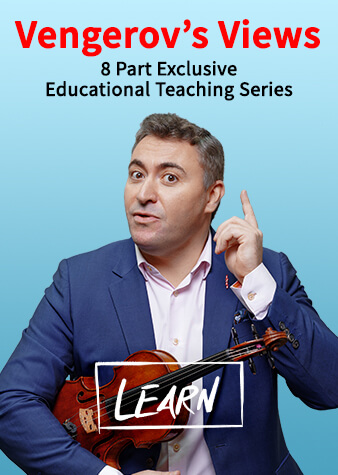
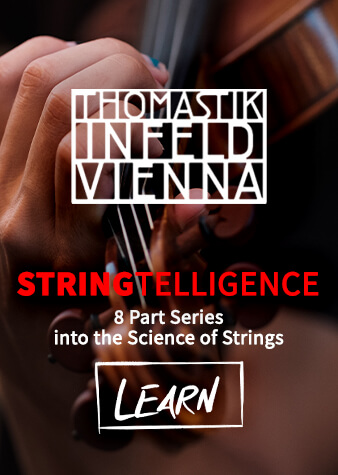
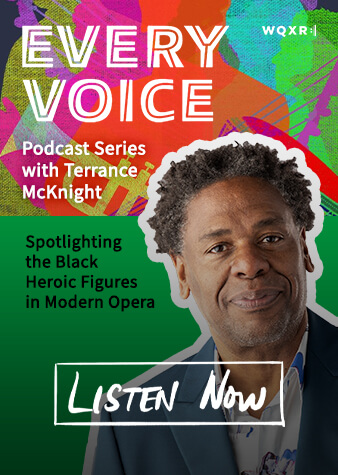
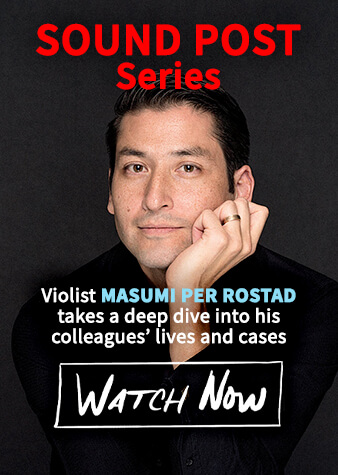
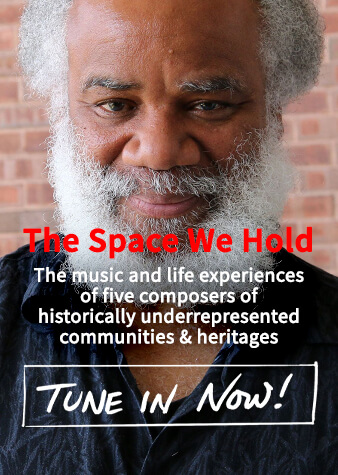


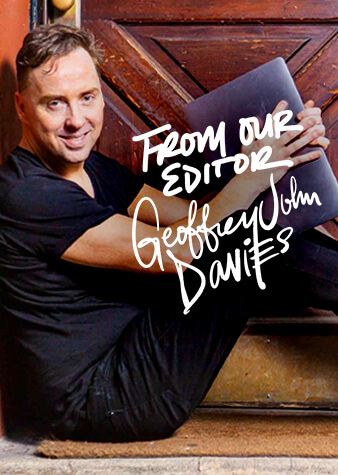


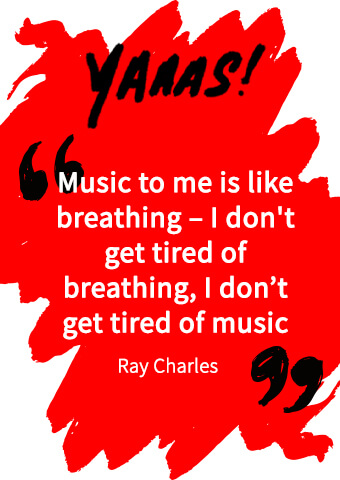

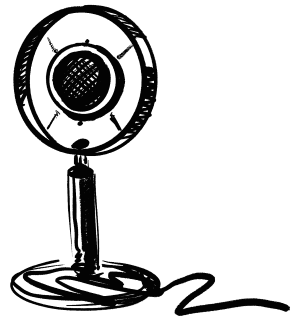

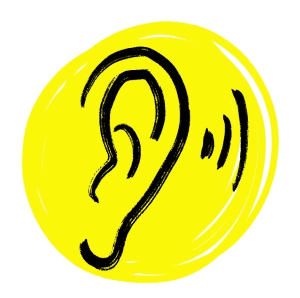
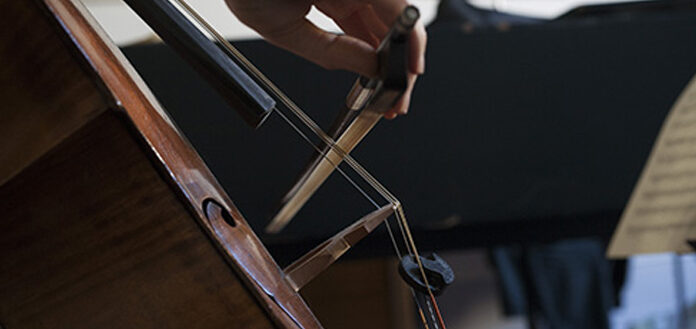
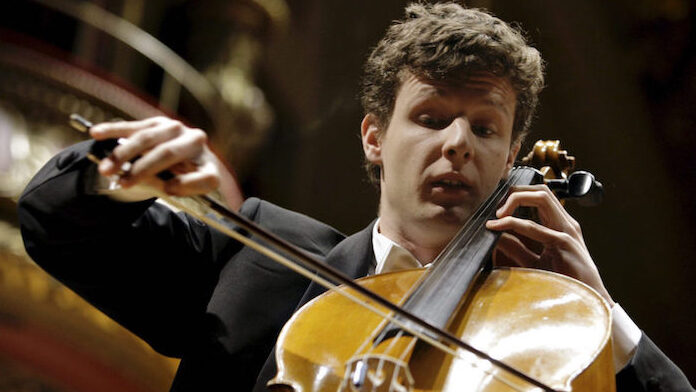
![Applications Open for New York's Barbash J.S. Bach String Competition [APPLY] - image attachment](https://theviolinchannel.com/wp-content/uploads/2020/05/Barbash-Competition-800x600.jpg)
